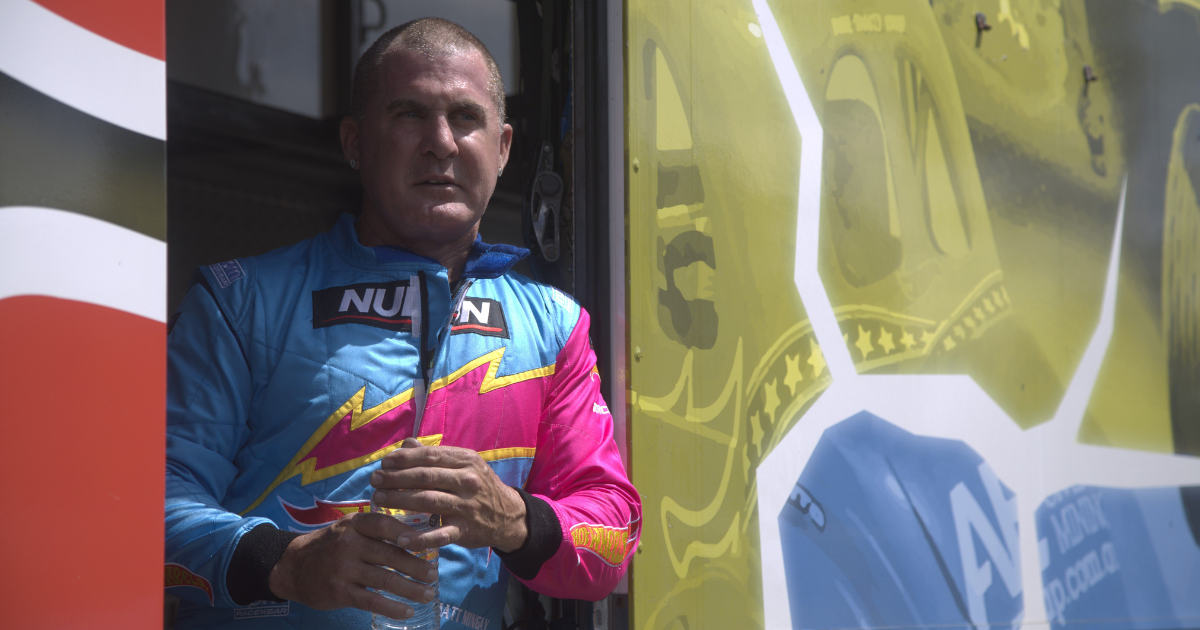New body to manage Great Ocean Road
FROM THE DESK OF G21 CEO ELAINE CARBINES
A new body will be established to manage the Great Ocean Road and its surrounds, regardless of who wins the November state election.
Both Labor and the Coalition have committed to establishing either an ‘agency’ or an ‘authority’, respectively.
G21 has been a strong advocate for simplifying and better coordinating management arrangements, through an over-sighting body such as an agency or authority.
The Coalition said recently that, if elected, it would create an authority to manage designated Crown Land along the Great Ocean Road.
It said the authority would “replace existing organisations including local government, Parks Victoria, DELWP and the Great Ocean Road Coast Committee that currently manage Crown Land along the coast”.
Earlier this month the Labor Government released its response to recommendations of the independent Great Ocean Road
Taskforce, which it established in late 2017 to recommend on management and other issues for the Road and its surrounds.
The Labor Government’s plan includes a new “dedicated agency with an independent board” and a new planning approvals process “to stop inappropriate development and encourage environmentally-sustainable developments”.
Under the plan, stand-alone legislation would recognise the landscapes of the Great Ocean Road as ‘one integrated and living entity’, with an overarching strategic framework plan for the length of the Road, enshrined in law.
The plan was developed following 26 recommendations made by the Great Ocean Road Taskforce, which considered extensive community feedback provided through faceto- face conversations with 780 people and more than 570 written submissions.
I was a member of the Great Ocean Road Taskforce, which was co-chaired by the Hon Peter Batchelor and Hon Terry Mulder.
G21 has been a long-time advocate for better facilities and greater environmental protections along the Great Ocean Road, as part of its Great Ocean Road Priority Project.
To view the Great Ocean Road Action Plan and the Taskforce’s report, visit engage.vic.gov.au
Meanwhile, the State Government has also announced new tourism infrastructure for theShipwreck Coast precinct of the Great Ocean Road.
Minister for Environment Lily D’Ambrosio revealed designs for infrastructure projects at Twelve Apostles’ Saddle Lookout, the Port Campbell Creek Pedestrian Bridge and the Blowhole Lookout, as part of the Shipwreck Coast Master Plan.
Parks Victoria is now calling for expressions of interest for construction of facilities at the Saddle Lookout and the Pedestrian Bridge, while work at the Blow Hole will proceed in Stage Two of the plan.
Each year, more people visit the Great Ocean Road region than Uluru and the Great Barrier Reef combined, and in the year ending June 2017, its 5.8 million visitors spent $1.3 billion supporting 11,200 jobs in the region.
The Shipwreck Coast Master Plan is a program to protect the coastline between Princetown and the Bay of Islands. Over time, it will deliver an increase of $254 million in annual spending and the creation of 3,834 Victorian jobs.
ANGLESEA LAND-USE FRAMEWORK
Also related to the Great Ocean Road precinct, the state government recently released a new plan to protect the former Anglesea Alcoa coal mine and power station site.
The Land Use Framework lays out a future for the site free from urban development, without any change to township boundaries or zoning.
The framework also incorporates Anglesea Heath into the Great Otway National Park. New areas will be opened up to the public for the first time in 50 years – with better infrastructure, facilities and trails, and opportunities for eco and adventure tourism to support jobs in the future.
For more information, visit: engage.vic.gov.au/angleseafutures


















